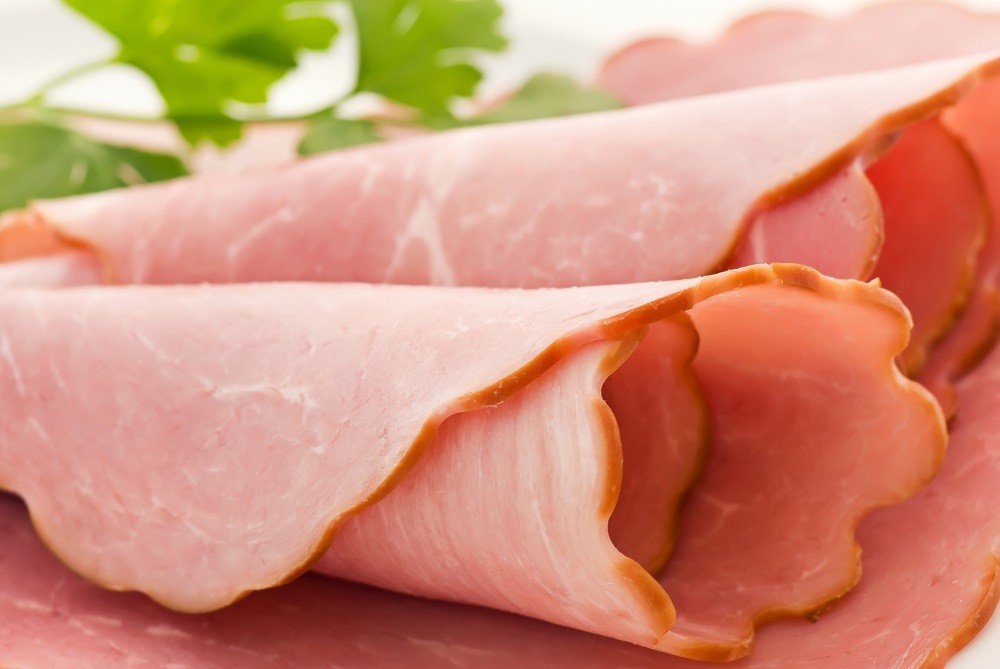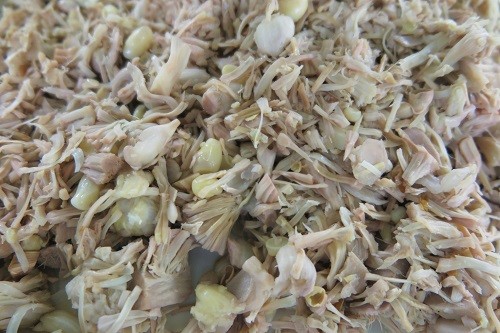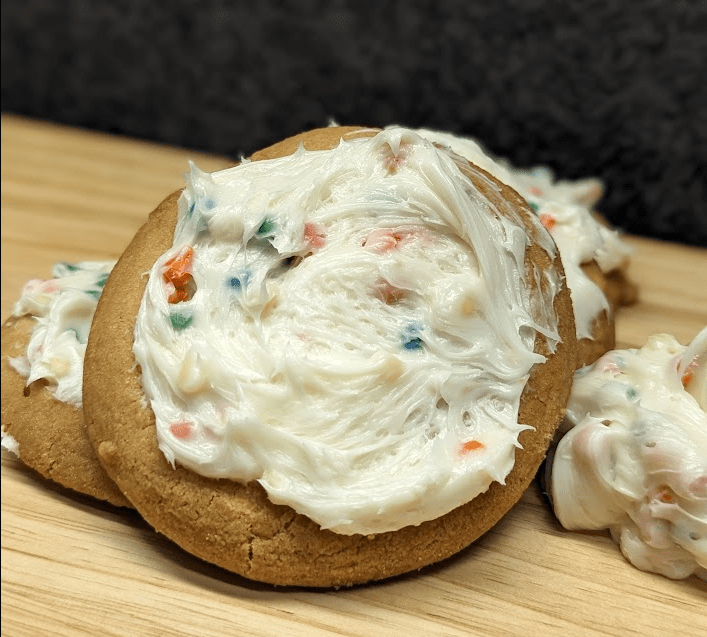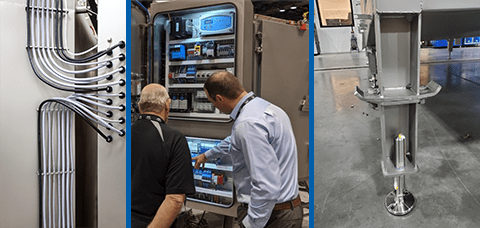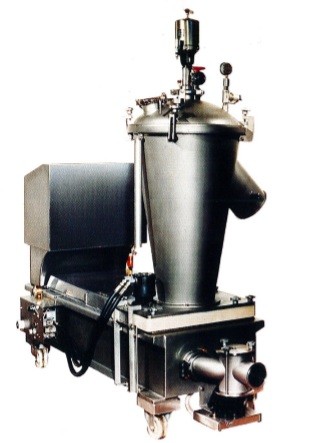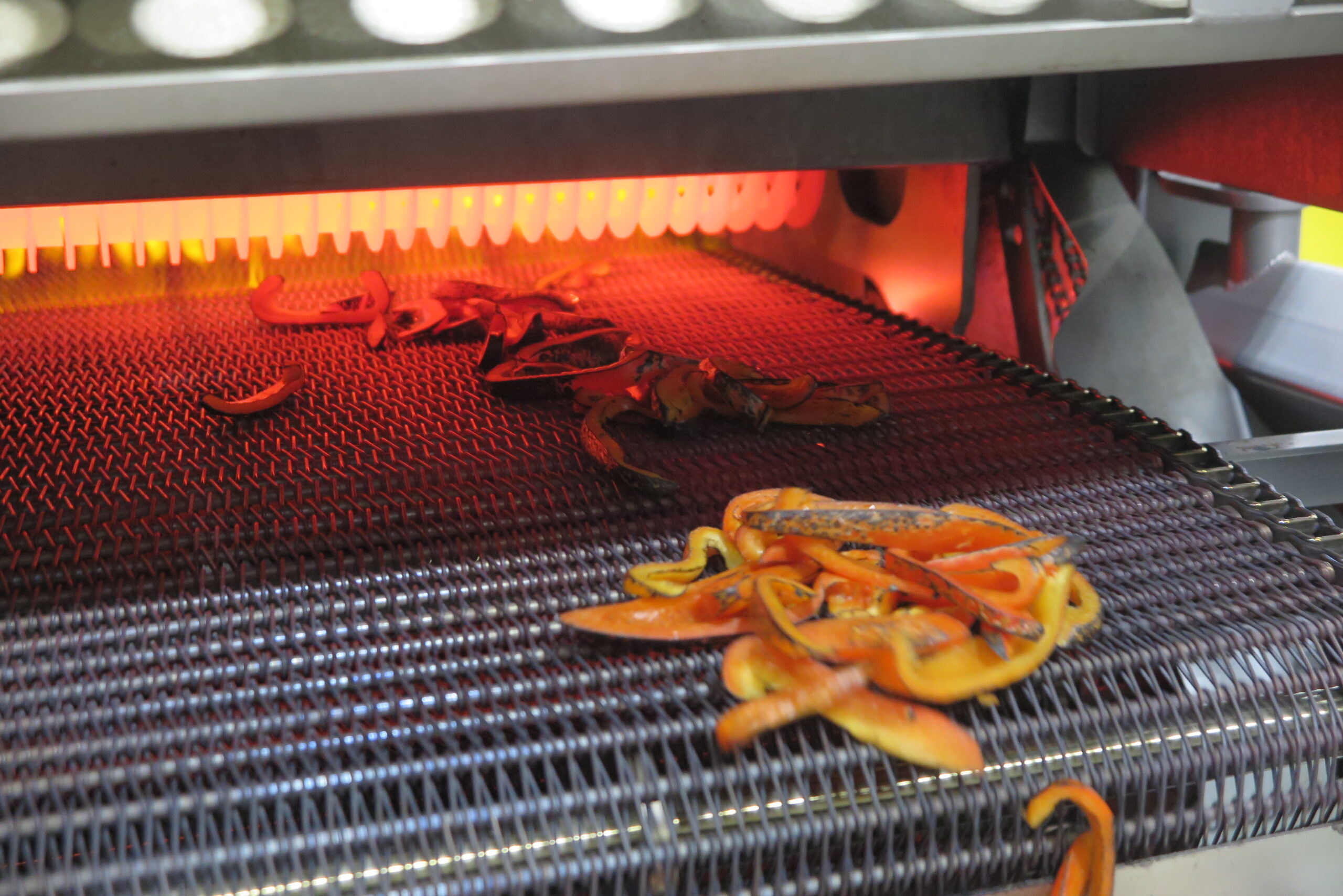As the United States continues to pivot through the pandemic, consumers are increasingly looking for convenient food options. This has led to a large bump in online grocery orders, which customers cite as being more convenient and saving more time than in-person shopping. Along with this rise in convenience, consumers are likely to purchase pre-cooked, ready-to-eat food products from grocery stores, and this raises concerns over how those products are prepared. It is important that food processors have the equipment to cook and then chill their food products according to industry guidelines and regulations.
Guidance for Chilling Cooked Food Products
After a product is fully cooked (i.e., ham) or partially cooked (i.e., bacon) to lethality, the product must be cooled in a continuous process that is monitored at two stages and given a maximum cooling time depending on pre-cooling options. Fully and partially cooked food products need to be chilled quickly during the first stage to ensure a minimal level of pathogen growth prior to packaging. However, depending on the properties of the product—such as its thickness, water activity, pH, cured or uncured product, etc.—chilling can be quite challenging. The Food Safety and Inspection Service (FSIS) issues guidance on how to properly chill food products to ensure minimal pathogen growth through its “Revised Appendix B” guidance (which was recently revised in December 2021).
The revised Appendix B guidelines now give food processors options for how they stabilize their products. For many larger diameter products, the guidelines in Option 1.1 (130°F to 80°F in less than or equal to 1.5 hours) and in Option 1.2 (120°F to 80°F in less than or equal to 1 hour) are thermodynamically impossible to achieve. The Marlen Blast Chill Cell excels at chilling both larger and smaller diameter meats and allows the food processor to choose which option best meets their needs to consistently satisfy these revised Appendix B Guidelines.
Inside the Blast Chill Process for Meat Products
The Marlen Blast Chill Cell is precision engineered to efficiently provide consistent, high-quality results that maximize product yields and satisfy industry safety guidelines. First, it features an all-welded sanitary design and a Clean-In-Place (CIP) system. Second, an oversized coil allows for a guaranteed condensation-free product zone. By using both a wetted coil and a frozen coil during the same chill cycle, food processors now have control over how cold and how fast they chill their product. With the Marlen Blast Chill Cell and its repeatable chilling process, food processors can create custom chill cycles for different products. For those products that are susceptible to purge, a chill cycle can be created that will prevent ice crystal formation. Another huge benefit in a process that utilizes both a wetted coil and a frozen coil during the chilling process, is the reduction in ammonia tonnage required for the process. These features of the coil design result in greater control over the finished product with less refrigerant, making the process more efficient.
Finally, the product in a Marlen Blast Chill Cell is chilled in a pressurized plenum which ensures consistent and uniform airflow over the surface of the product. This airflow results in optimum performance with reduced chill times and minimum yield loss, while at the same time meeting Appendix B guidelines. These results are consistent across a variety of food products. In particular, the Marlen Blast Chill Cell delivers optimum results for products such as bacon bellies, hot dogs, smoked sausages, slicing logs, deli meats, whole muscle meats such as hams and turkeys, and many more.












